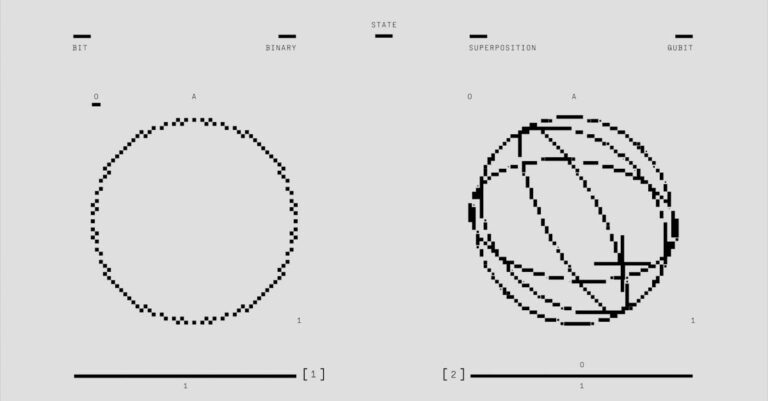
## The Fever Line
The screen glowed an unsettling green. Rain lashed against the panoramic window of Elias Vance’s penthouse office, blurring the Manhattan skyline into a watercolor wash. He hadn’t noticed it. His focus remained locked on the spiraling chaos of lines dancing across the monitor – a fractal pattern that pulsed with a sickly synchronicity. It felt…wrong.
“Still seeing it?” Lila Reyes, his lead analyst, leaned against the doorframe, her face pale in the reflected light. Her dark hair was pulled back into a tight bun, emphasizing the sharp angles of her jawline.
“It’s intensifying,” Elias muttered, pushing back from his desk. The leather groaned beneath him. “The correlation with RSV infection vectors is tightening.”
Lila pushed off the doorframe, crossing to examine the display. “Impossible. There’s no logical connection.”
“Logic isn’t always at play, Lila,” Elias said, his voice low. He’s spent three years chasing this ghost, a whisper in the data stream that defied conventional economic models. “The stochastic calculus is screaming.”
He tapped a sequence on the keyboard, isolating a sub-pattern. It looked like a cellular automaton, mimicking the way RSV spreads through a population – first a few cases, then exponential growth, finally a plateau as immunity kicks in. Except this wasn’t about illness; it was about the global economy.
“The volatility index is mirroring what we observed in three pediatric hospitals last year,” Elias continued, his brow furrowed. “Initial spikes… then the rapid escalation. The lag time is unsettlingly precise.”
Lila ran a hand through her hair, leaving it slightly mussed. “So what? You’re telling me the economy is going to get… sick?”
“It’s already demonstrating symptoms,” Elias corrected. “We’re seeing it in emerging markets first, of course – the usual petri dish.” He pointed to a cluster of red markers on the screen representing Southeast Asia. “But the contagion is accelerating.”
He gestured to another window, displaying a complex network diagram. “The neural networks we built to analyze the predictive statistical models are exceeding original projections by over forty percent when compared to external data inputs.”
“That’s… incredible,” Lila breathed, staring at the complex web. “But how can we use that? How do we stop it?”
“We insulate,” Elias stated, his gaze fixed on the swirling fractal. “We identify key vulnerabilities – pressure points where contagion can be contained.”
He pulled up a series of reports, highlighting specific financial instruments and geographical regions. “We build firewalls – dynamic portfolio diversions based on real-time linguistic pattern sequences.”
“Linguistic patterns?” Lila questioned, clearly skeptical.
“Academic journals, news feeds… the language used to describe market trends has a predictive value. Semantics matter,” Elias explained, his voice unwavering despite the tremor in his hand as he pointed to a graph illustrating keyword density shifts across various publications. “We extract correlations, identify emerging narratives that precede market collapses.”
He initiated a series of automated trades. The screen flickered as millions of dollars shifted, silently rerouting capital away from areas identified as high-risk.
“What about the public?” Lila asked, looking over her shoulder at the storm outside. “Should we alert authorities?”
“No,” Elias said firmly, his voice resolute. “Panic is a virus too. Besides, they wouldn’t understand.”
He paused, watching data streams flash across the monitor. “We contain this. We learn from it. And we prevent a catastrophe.”
The next few days bled together in a haze of relentless analysis and frantic adjustments. Elias barely slept, subsisting on black coffee and the adrenaline coursing through his veins. Lila was a shadow beside him, her dedication fueled by a mixture of terror and fascination.
One evening, as the storm finally subsided, Elias noticed something new on the screen – a faint pattern emerging within the chaotic fractal. It was subtle, almost imperceptible, but it possessed an undeniable…structure.
“Look at this,” he murmured, pointing to a specific section of the fractal. “It’s evolving.”
Lila leaned closer, her eyes narrowed in concentration. “What is it?”
“It’s… a vaccine,” Elias whispered, feeling a surge of something that might be hope. “A pattern that counters the destabilization.”
He initiated a new algorithm, based on this newly discovered structure. It was a radical departure from their previous strategy—a proactive intervention, instead of reactive containment.
“Are you sure about this?” Lila asked, her voice laced with apprehension.
“We have nothing to lose,” Elias said, his hand hovering over the activation button. “Let’s inoculate.”
The algorithm launched, silently injecting a counter-pattern into the financial ecosystem—a delicate balance of trades, designed to neutralize the destabilizing fractal. The effects were immediate and undeniable.
The chaotic lines on the screen began to coalesce, the jagged edges softening into a more orderly—though still complex—structure. The volatility index plummeted.
“It’s working,” Lila breathed, a ghost of a smile playing on her lips.
Elias felt a weariness wash over him, the weight of responsibility finally settling in his bones. He slowly turned to face Lila, a profound sense of accomplishment mixed with lingering unease filling him.
“It bought us time,” he said, his voice quiet. “But the fever line isn’t gone.”
He walked to the window, gazing out at the city lights shimmering below. The storm was over, but a new kind of darkness loomed—the chilling knowledge that the patterns were still there, hidden beneath the surface, waiting to resurface.
“We need a better vaccine,” he murmured, his gaze fixed on the distant horizon. “A permanent one.”
Lila joined him at the window, her face etched with a mixture of exhaustion and determination.
“Then let’s build it,” she said, her voice steady. “Together.”
Elias nodded slowly, his eyes filled with a renewed sense of purpose. The fight was far from over, but for now, they had won a battle—a silent victory against an invisible enemy. And he knew, with a certainty that settled deep within him, that they would be ready when the fever line returned.


